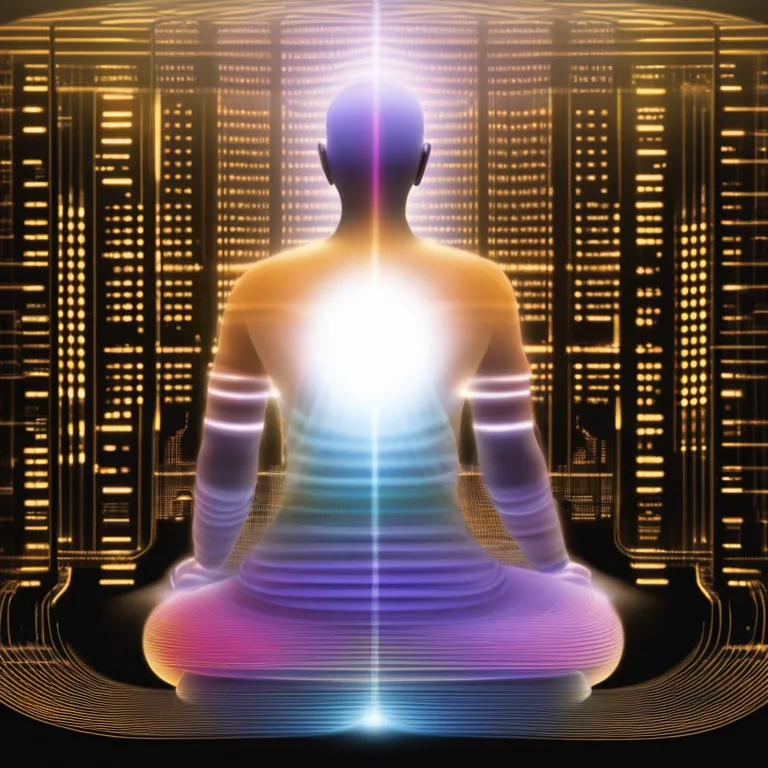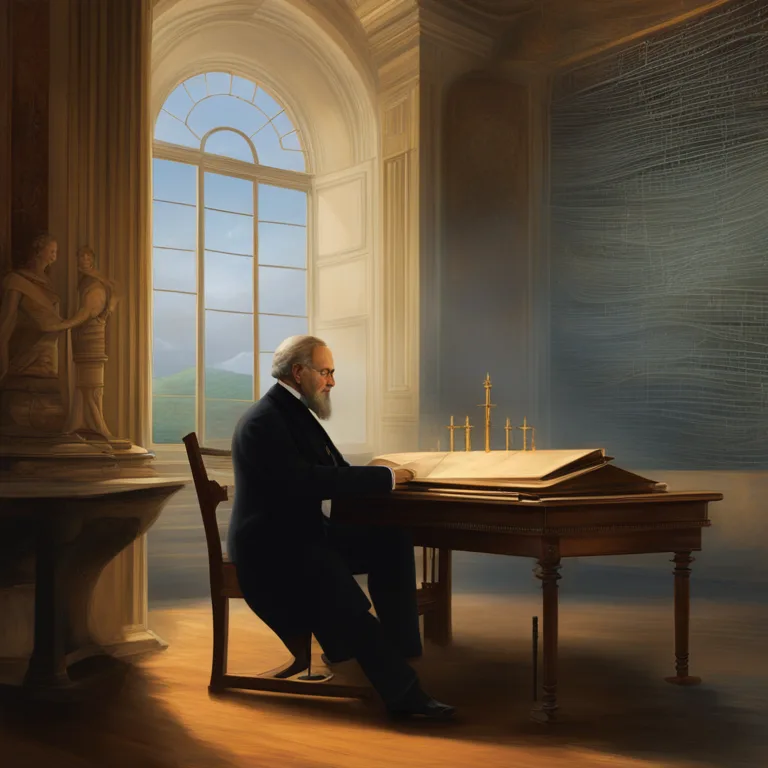
The Heart of Biorhythm Theory
Delve into the heart of biorhythm theory, understanding the cycles that may influence human physical, emotional, and intellectual states.
article by Adrian Wallace
Biorhythm Theory: A Brief Overview
The biorhythm theory is a concept that suggests our daily lives are influenced by rhythmic biological cycles. According to this theory, from the moment of birth, humans experience three primary cycles: physical, emotional, and intellectual, each having its own period of rise and fall. The physical cycle, with a span of 23 days, relates to our vital strength and health. The emotional cycle, lasting 28 days, is tied to our feelings and mood swings. Lastly, the intellectual cycle, carrying a period of 33 days, affects our analytical functions and cognitive skills.

Historical Roots and Expansion
Originating in the 19th century, the concept of biorhythms has been attributed to Wilhelm Fliess, a contemporary of Sigmund Freud. While initially the subject was met with skepticism, the rise of holistic and alternative medicine has brought new interest to biorhythms. The theory has expanded through the years, with some proponents adding additional rhythms such as intuitive, spiritual, and aesthetic cycles, which are alleged to govern aspects beyond the original three.

Calculating Your Biorhythms
Modern technology has made the tracking of one's biorhythms accessible to anyone with an interest. Through various platforms and applications, individuals can input their birth date and instantly receive an analysis of their current biorhythmic state. These programs typically offer insights by interpreting the intersection points of the cycles, known as critical days, which some believe to be periods of heightened sensitivity or risk.

Scientific Scrutiny and Applications
Biorhythm theory, despite its popularity, is not widely accepted by the scientific community. Critics argue that there is a lack of empirical evidence to support the correlation between biorhythmic cycles and human life events. Nonetheless, this has not deterred interest in the field. Supporters claim that being aware of one's biorhythms can aid in planning activities, predicting performance peaks, and avoiding potential downturns.

Personal and Professional Impacts
The interest in biorhythms often intersects with personal growth and productivity. Individuals turn to biorhythm charts to guide decisions from when to embark on a new enterprise to the best times for rest and recuperation. Certain professionals, like athletes or traders, who seek an edge in performance, may look to their biorhythmic patterns for planning training schedules or making critical decisions.
Cultural and Technological Perspectives
As we journey further into the 21st century, the fusion of traditional beliefs with modern technology continues to evolve. In a world where wellness and personal optimization are highly prized, the biorhythm theory comfortably finds its niche. It exemplifies the enduring quest for deeper self-knowledge and the desire to harmonize with the rhythms of life.
Published: 12/28/2023
Modified: 12/28/2023
More predictions
Come back here soon to learn more about yourself and your future


Unlocking Your Body's Natural Clock
Explore the intriguing world of biorhythms and discover how they influence your physical, emotional, and intellectual states.


Biorhythms In Humans Explored
Exploring the concept of biorhythms and their influence on human behavior and physical states.


Biorhythm Theory: Fact Or Fallacy?
Explore the fascinating concept of biorhythms to discern if there's any scientific accuracy behind this popular belief.